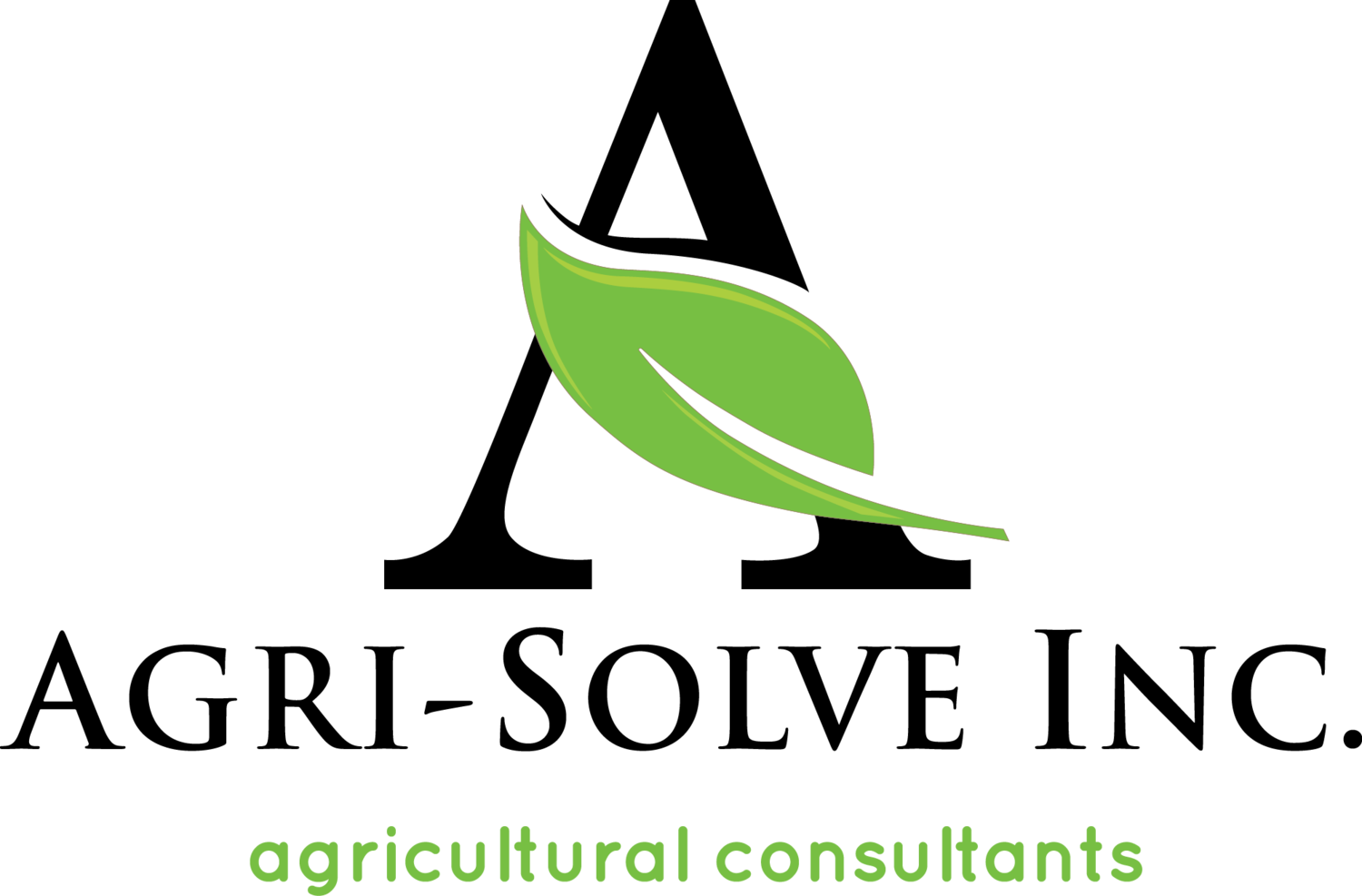Hay is for Horses!
October 26, 2021
Let’s talk about making dry hay, particularly hay that is suitable for the horse market. Typically, this is a crop that is under-managed which leaves us with an opportunity to significantly increase production! A good hay crop begins with the right species. That may vary depending on the outcome that a horse owner is looking for. Many horse owners look for a predominantly grassy hay mixtures while others prefer or a blend of grass and alfalfa. So where do we start with selecting species? First, know your market. Second, select seed based on the ability to suit your cutting times. Many horse owners prefer Timothy as the grass of choice. There are different varieties of Timothy, some that come into head earlier or later than a “common” Timothy. Typically, horse hay is being cut on the later side, and often a later maturing variety allows for better feed quality at the time of cutting and matches up well with when alfalfa is beginning to bloom. Another desirable grass family that are lesser known are the fescues. The main benefit to adding fescues into a mix are their ability to persist in hot weather. Typically, we see very little Timothy in a second cutting whereas fescues are able to flourish in the second cut. There are many good options for alfalfa on the market. We suggest a certified alfalfa seed that is suitable for your specific soil conditions.
When sewing hay seed, it is common to sew with a “nurse crop”, a grain crop that helps to provide tonnage in the first cut as well as shade out weeds. This is a good option if you have the ability to feed haylage. If you are strictly looking for dry hay, then what is known as “direct seeding” may be a good option for you. In this scenario, the hay is sewn without a nurse crop. Without a nurse crop, it is important to consider controlling annual weeds that will try to establish alongside the hay crop. There is a narrow window to spray alfalfa with a herbicide as it must be sprayed prior to the 6th trifoliate. Controlling weeds aids in alfalfa establishment and helps to ensure a more palatable first cutting.
Hay makes its own fertilizer right? Well sort of…but if we go by that we will be leaving a LOT of tonnage on the table. Alfalfa is a legume and is therefore able to fix its own nitrogen. It does, however, still require considerable amounts of potassium (K) and phosphorous (P). For every tonne of alfalfa hay (think 44 x 50 lb bales) that crop will remove 12 lb actual P (23 lb of MAP) and 49 lb actual K (94 lb or potash). Grass species also require P and K, as well as considerable amounts of nitrogen (N) and sulphur (S). Merv will tell you that “hay grows in spite of itself”, so fertility is often over looked. There is so much that we can do with fertilizer to improve hay yields.
Lastly, once we have established the perfect hay blend and provided adequate nutrition, how can we keep the hay crop healthy? I personally have walked many hay fields destined for horse feed prior to first and second cuttings in the last few years. I can confidently tell you that I always find disease at least in the bottom third to half of the alfalfa canopy. Common spot is the most prevalent and can cause leaves to die and fall off, reducing yield and decreasing quality. I have seen alfalfa in full bloom where the majority of the bottom leaves of the plant have been lost. Fungicide use in alfalfa has been gaining popularity but is not yet commonplace. I personally believe it has the biggest fit for dry hay where there is longer duration between cuttings and more time for disease to proliferate.
